Vintage Tribal Kilim Runner 3' 1" x 10' 7" (37" x 127")
Type:
Kilim RugsCollection:
Tribal RunnersID:
K0077565Size:
Material:
The designs feature a rich array of symbols representing tribal culture and Anatolian motifs, often in the form of medallions, diamonds, and other geometric shapes.
The designs feature a rich array of symbols representing tribal culture and Anatolian motifs, often in the form of medallions, diamonds, and other geometric shapes. These kilim runners are ideal for hallways and narrow spaces, offering a touch of ethnic charm and artisanal quality to any interior.
Herki kilims not only serve as functional floor coverings but also as artistic expressions of tribal identity, making each rug a unique cultural artifact.
Design Elements
- Pattern: The kilim runner features a series of geometric shapes, primarily diamonds and lozenges, arranged in a repetitive manner. This creates a rhythmic visual flow throughout the piece.
- Texture: Handwoven from wool, the kilim exhibits a flatweave that promotes durability and a soft feel underfoot. The texture adds depth to the overall design.
- Borders: The borders of the runner are well-defined, often featuring contrasting colors that frame the central motifs and enhance the overall composition.
- Tassels: The presence of decorative tassels at both ends contributes to the rustic charm and traditional aesthetic of the kilim, further highlighting its handcrafted nature.
Colors
- Red: Dominates the runner’s palette, symbolizing vitality, strength, and passion. It serves as an eye-catching backdrop for the motifs.
- Orange: Introduced in various shades, representing warmth, creativity, and enthusiasm. It complements the red and adds depth to the overall design.
- Black: Highlights the geometric designs with bold outlines, representing strength and protection, while anchoring the composition.
- Cream: Used sparingly, cream serves as a neutral element that highlights the other colors and enhances the visual clarity of the motifs.
Main Motifs and Symbolism
- Diamonds: Often represent strength and resilience. In many cultures, they embody protection and are believed to ward off negative energy.
- Geometric Patterns: Reflect the connection to nature and the cosmos, indicating a respect for the surrounding environment and the universe's rhythms.
- Color Combinations: The interplay of colors in these motifs often conveys messages of wealth and prosperity, as complex designs were seen as a representation of a family’s fortune.
Summary
The vintage tribal kilim runner features striking geometric patterns, particularly diamonds and lozenges, masterfully woven with rich colors such as red, orange, black, and cream. Each of these colors serves a symbolic purpose, conveying strength, warmth, harmony, and protection, while the motifs speak to themes of resilience, unity, and respect for nature. Collectively, the design elements and symbolism intertwine to create a meaningful piece that enhances any space.
- Ships in 1-4 business days
- Only one in stock, handmade, unique
- Free shipping via FedEx Express. Easy returns
- Contact us or add a note to your order if you want us to delay your shipping.
- Request more info if you want this rug shorter or narrower
Colors may appear slightly different across various monitors due to screen settings device differences, and external lighting conditions. If color accuracy is important for your space, we recommend viewing the rug on multiple devices or contacting us for a detailed color description. We can provide detailed photos and references using Sherwin-Williams, Benjamin Moore, Pantone, or even Crayola crayons.
You can also visualize most of our products in your own room with AR (augmented reality) on an iPhone or iPad.
Return Policy
Need a rug pad? We recommend RugPadUSA
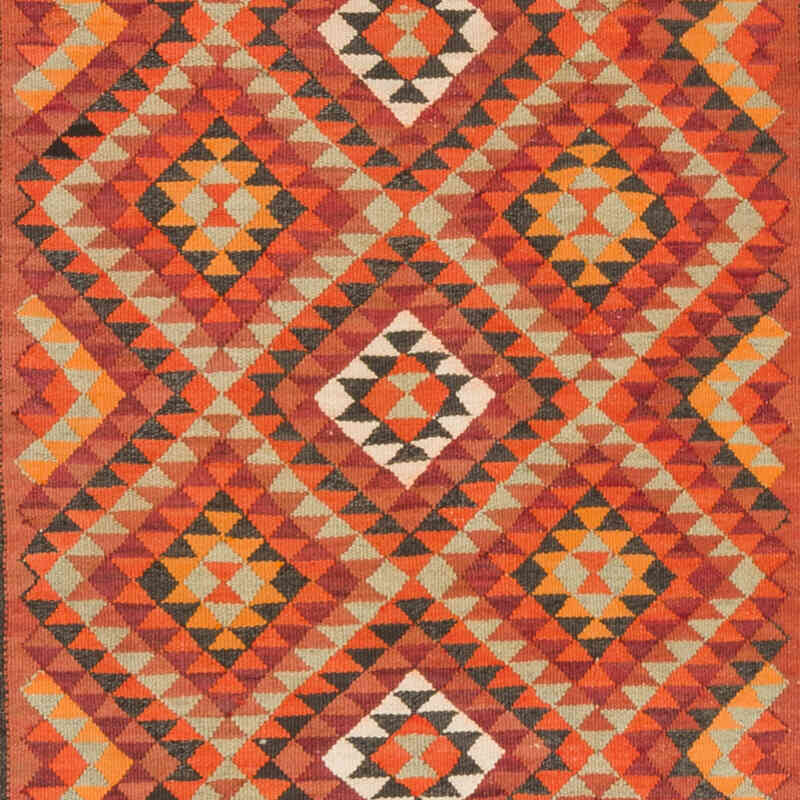
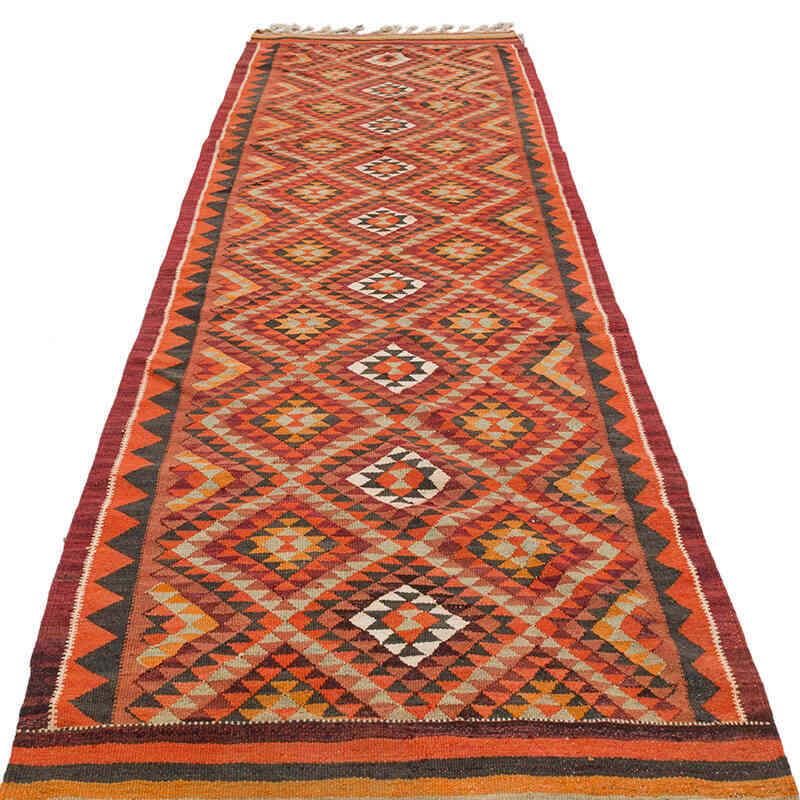
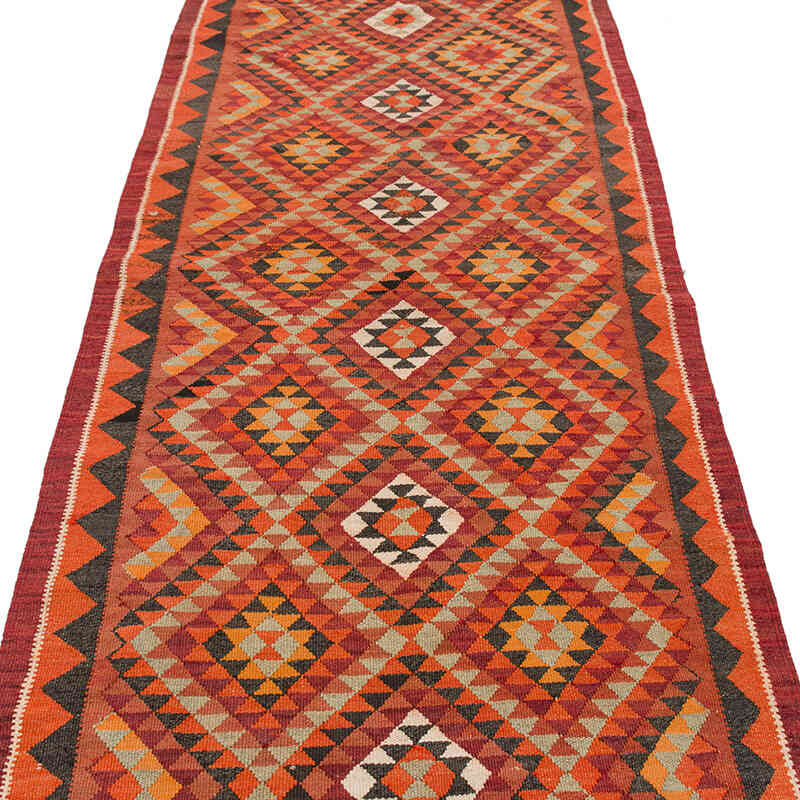
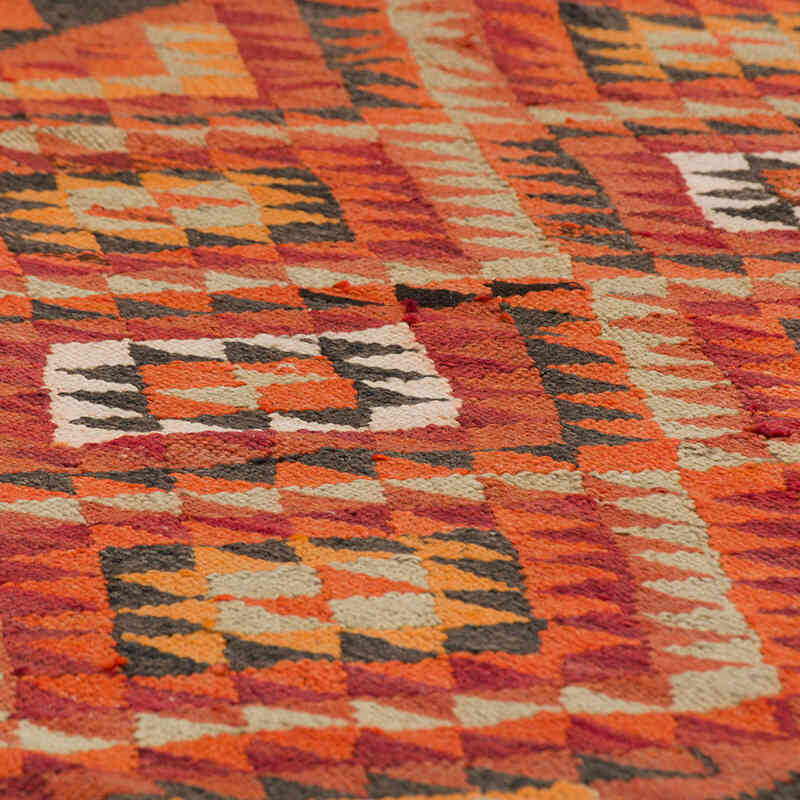
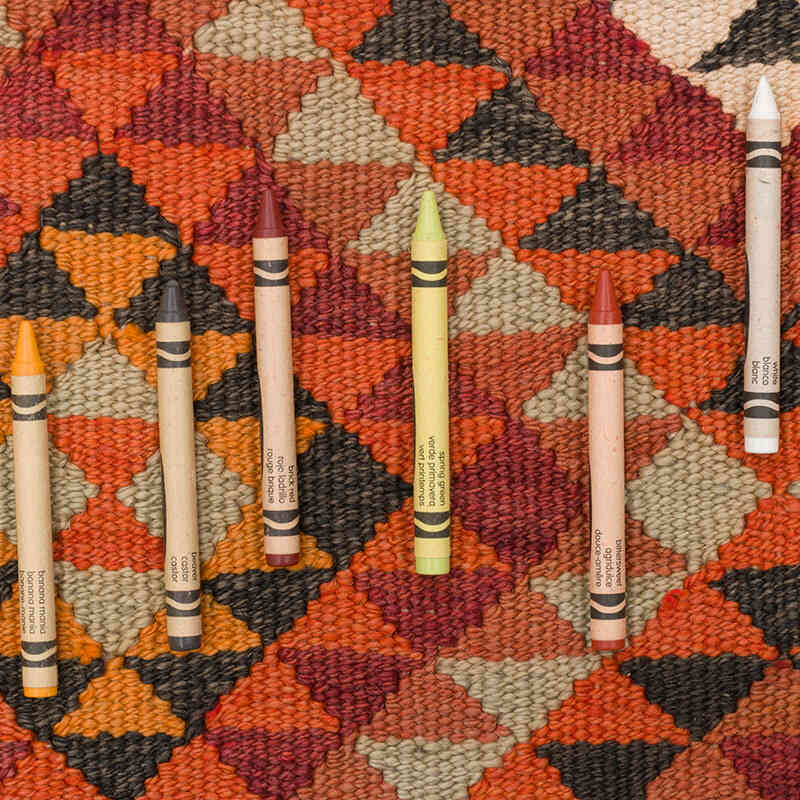
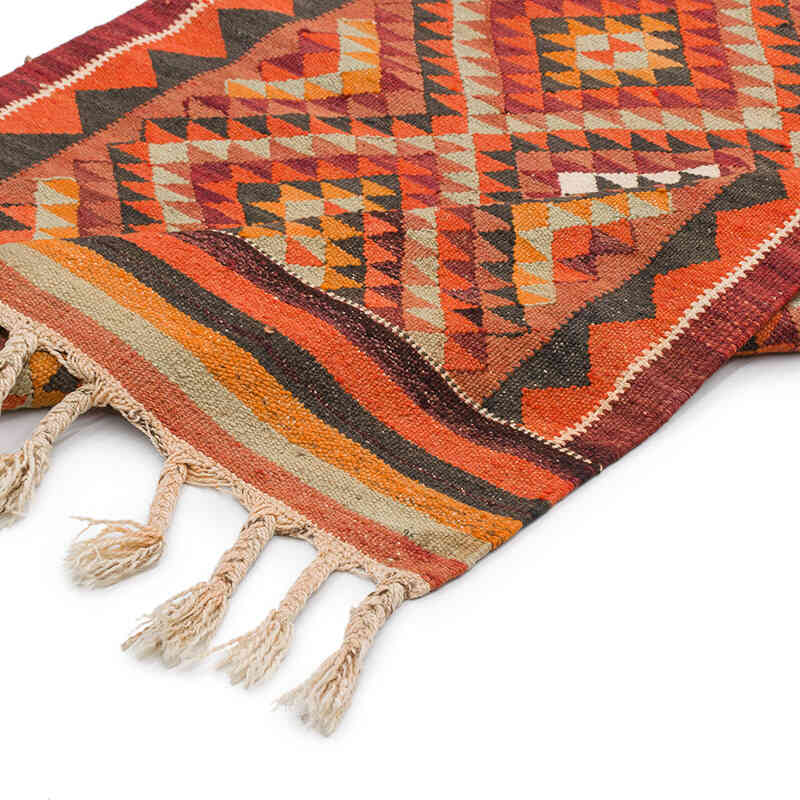
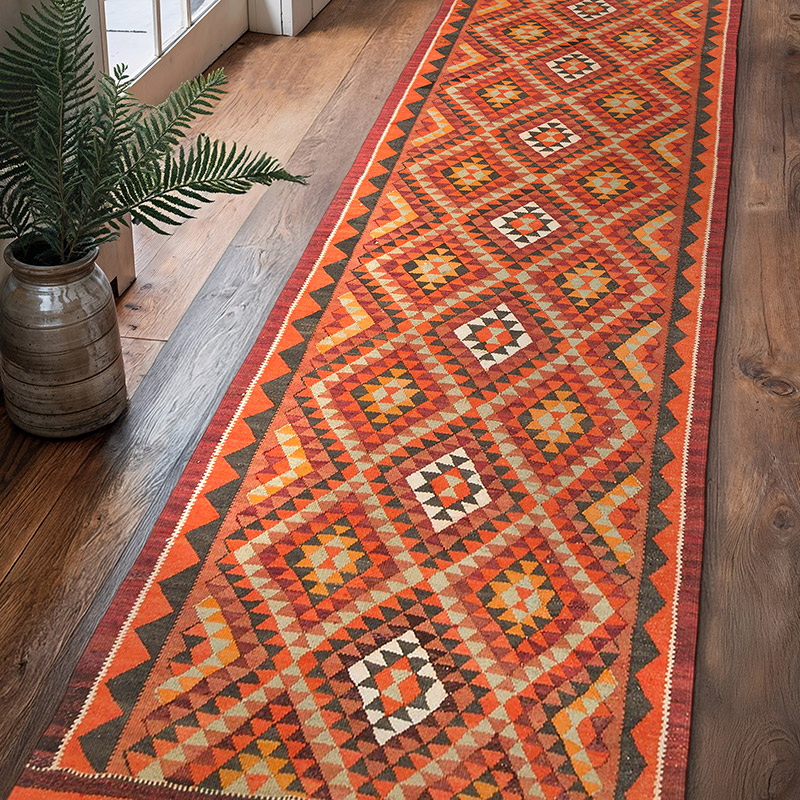
















Great experience!